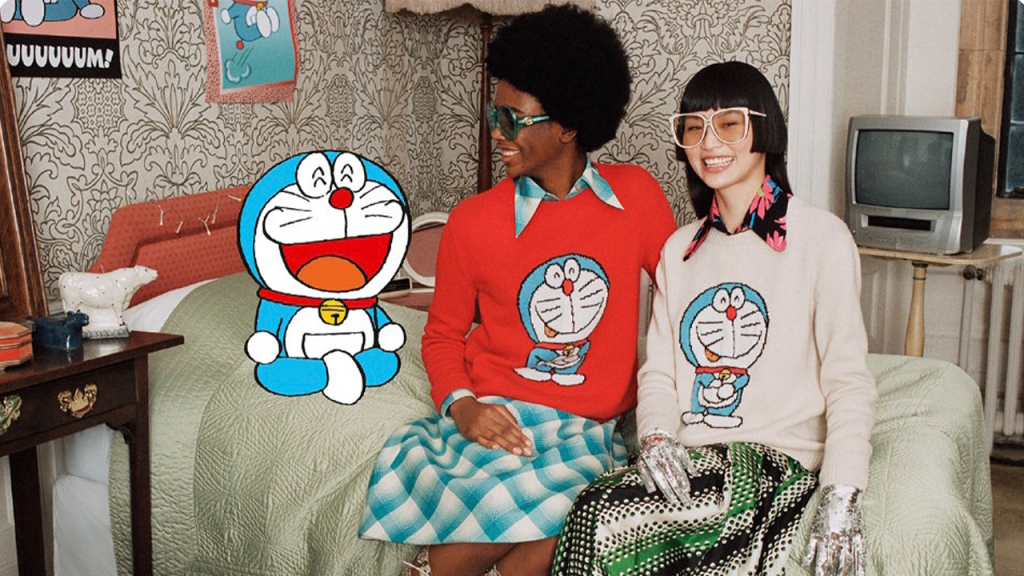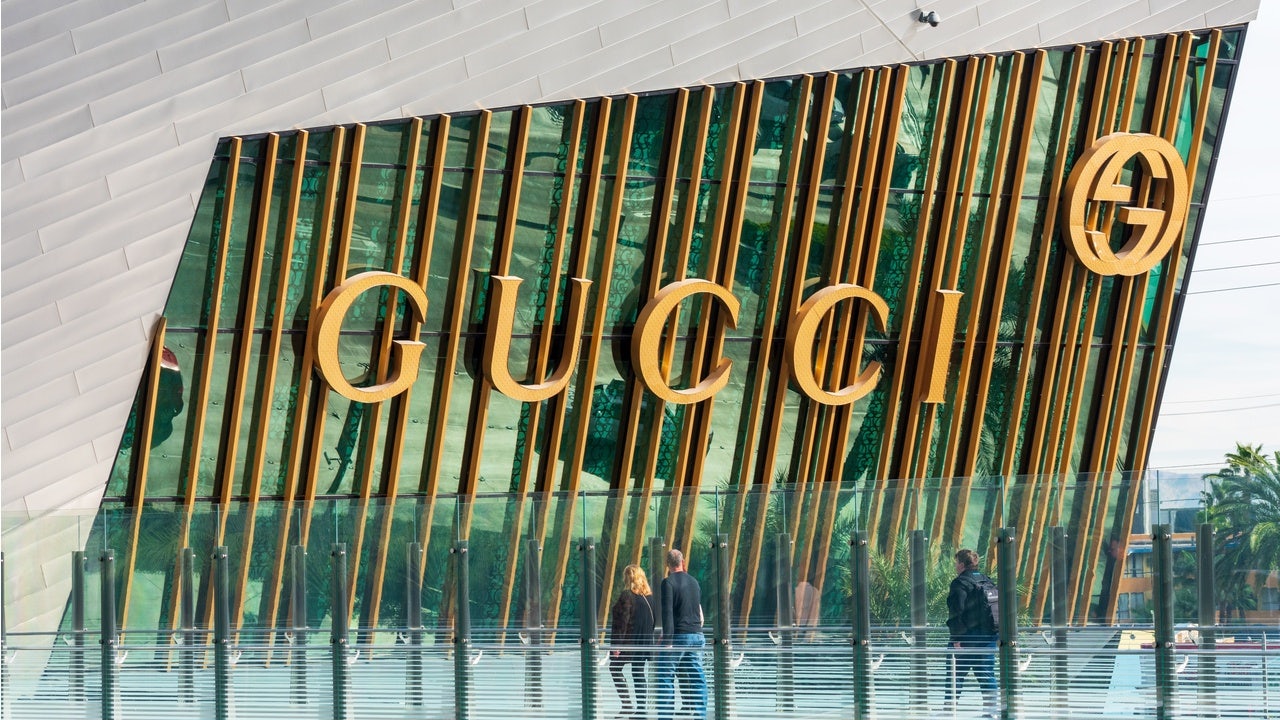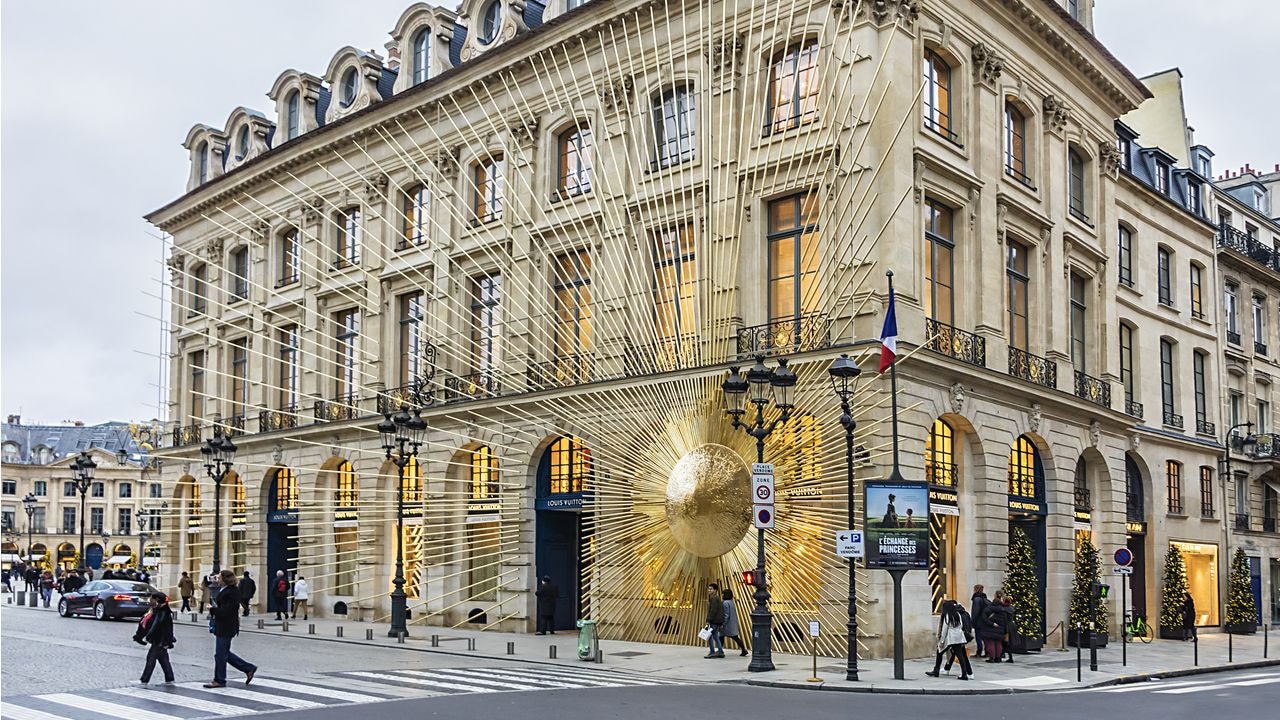Index Moves#
is our monthly analysis of the biggest climbs and drops on The Jing Daily KraneShares China Global Luxury Index, which tracks the global market performance of the luxury sector. The Index relies on the Jing Daily Global Luxury Score and Jing Daily Brand Awareness in China Score in addition to fluctuations in market cap and stock closing price. Below, we highlight luxury brand moves for the month ending March 31, 2021.
As March began, the Jing Daily KraneShares China Global Luxury Index was riding at an all-time high. According to the Index, which tracks the world’s biggest luxury companies and their relevance to China through inputs like the “Jing Daily Brand Awareness in China Score” and the “Jing Daily Global Luxury Score,” February’s Chinese New Year heralded a wave of optimism among China’s luxury consumers.
But, on March 22, Hamp;M’s historic decision to stop using cotton from Xinjiang over allegations of human rights abuses came under attack by Chinese netizens on Weibo. By the end of the week, the dispute had also enveloped Nike, Burberry, and adidas, resulting in many of the brands’ removal from digital maps, online retailers, and even video games. The slide in these brands’ daily performance was notable on the Index, which had slumped to a monthly low of 306.09 by March 26.
Overall, the Index shows a shrinking of the global luxury market by more than 4 percent during March. However, before both the month and the quarter were out, the Index started climbing again. By April 1, it was back to pre-Chinese New Year levels: 313.18 and increasing.
Moreover, US and European brands remained popular. By the end of the month, the brands making up the Jing Daily KraneShares China Global Luxury Index top 10 were, in descending order: Kering, Capri Holdings, LVMH, L’Oréal, Burberry, Estée Lauder, Richemont, Hermès, Apple, and Moncler. In other words, they were all Western luxury brands or holding companies.
Surprisingly, Burberry — one of the luxury brands at the center of the Xinjiang cotton dispute — remained in the top 10, though it fell from second place on March 23 to fifth by the end of the month. Meanwhile, Nike and Adidas remained in 14th and 16th place, respectively.
Bolstered by Gucci, Kering fights for the top spot#
Not only did US and European luxury brands dominate the Index during March, but one brand held the top spot for 13 days — Kering. The umbrella company of Gucci, Yves Saint Laurent, and Bottega Veneta was only beaten out by Capri Holdings (parent company of Michael Kors, Jimmy Choo, and Versace) for 10 days in the middle of the month. Of all Kering’s brands, Gucci has had the biggest reception in China. Search volumes for Gucci took off just before the Chinese New Year and continue to ride high among super-rich luxury consumers.

Moncler receives a boost#
But it was Moncler that saw the biggest increase over the month. It registered an average daily price increase of 0.31, largely thanks to its laser focus on China’s youth. The brand’s China-exclusive Young Icons Collection and various pop-up stores have proved popular with China’s Gen Zers. Moncler’s CEO, Remo Ruffini, hopes his December purchase of the Italian men’s apparel brand, Stone Island, will follow suit.
LVMH and Estée Lauder follow with healthy growths#
The next largest increases came from LVMH and Estée Lauder, with both registering an average daily price increase of 0.26. The increase was modest, but for LVMH, any growth is celebrated following the conglomerate’s disastrous second quarter of 2020. LVMH was boosted by leather and fashion sales through its Louis Vuitton and Christian Dior brands, and there are hopes for a further jewelry boost via Tiffany’s.
Estée Lauder’s growth was also powered by its namesake brand, Estée Lauder. The group’s lesser brands did not weather the pandemic so well. It recently announced the closure of Rodin Olio Lusso, a beauty brand it acquired in 2014. Although no reason was given for the closure, Rodin Olio Lusso has never managed to make much of a presence in China’s vast beauty market.
Richemont clocks its most significant loss#
There were only two brands that suffered losses during March. L’Oréal registered an average daily loss of 0.02 on the Jing Daily KraneShares China Global Luxury Index — a stark contrast to Estée Lauder’s positive sales, though a marginal drop that the brand should expect to claw back from in April.
Meanwhile, Richemont clocked a much more significant daily average loss of 1.04. The Swiss jewelry and watchmaker makes the bulk of its revenue from brands like Cartier, Panerai, and IWC and has found it harder to adapt to online retail despite a 1.1 billion co-investment from Alibaba into Farfetch last year.
Anta Sports takes on adidas and Nike#
Just outside the top 10, Anta Sports is the largest Chinese brand on the Jing Daily KraneShares China Global Luxury Index, and it is creeping up the ranking (currently in 13th place). Along with other Chinese brands, the Xinjiang cotton dispute might help Anta climb further up the ranking: Prices for shoes by Anta Sports surged eightfold on some Chinese websites since March 22. Expect some rivalry in April, and the second quarter of 2021, as brands try to stay ahead of the political conversation.

